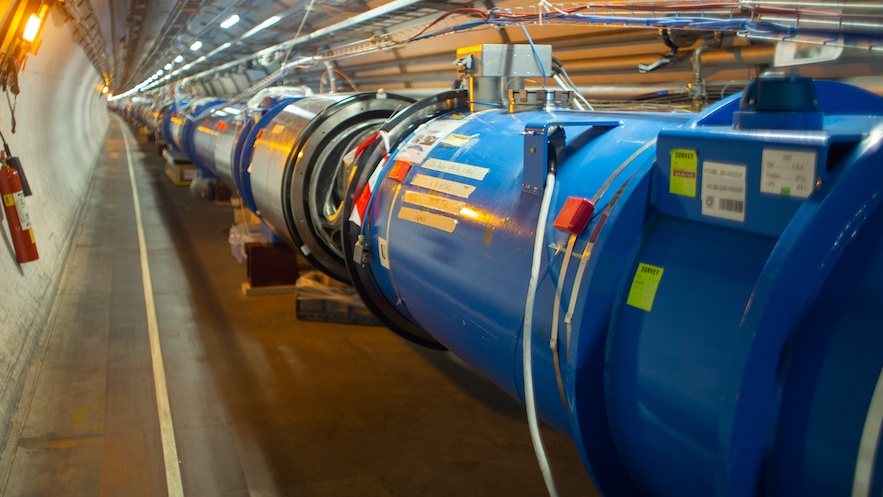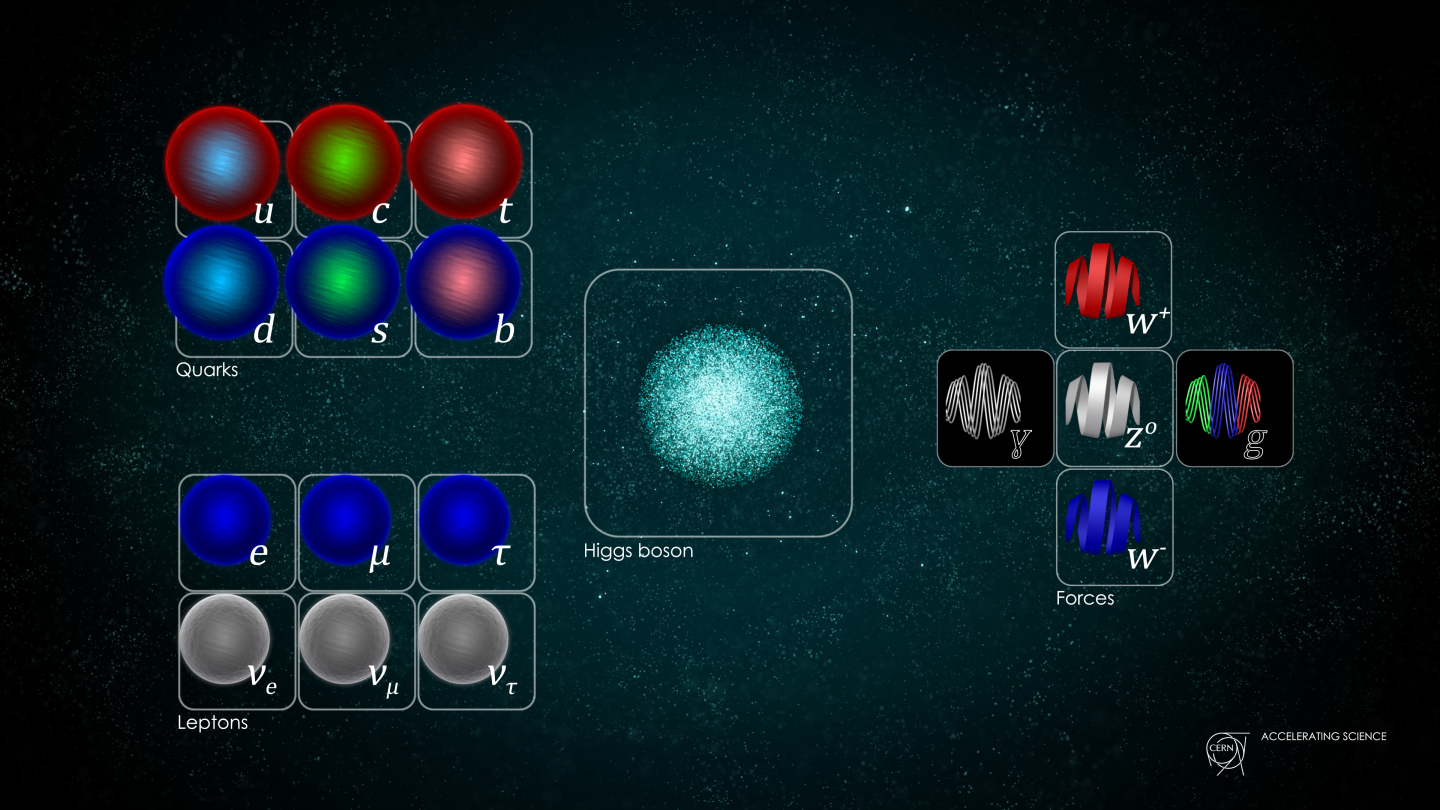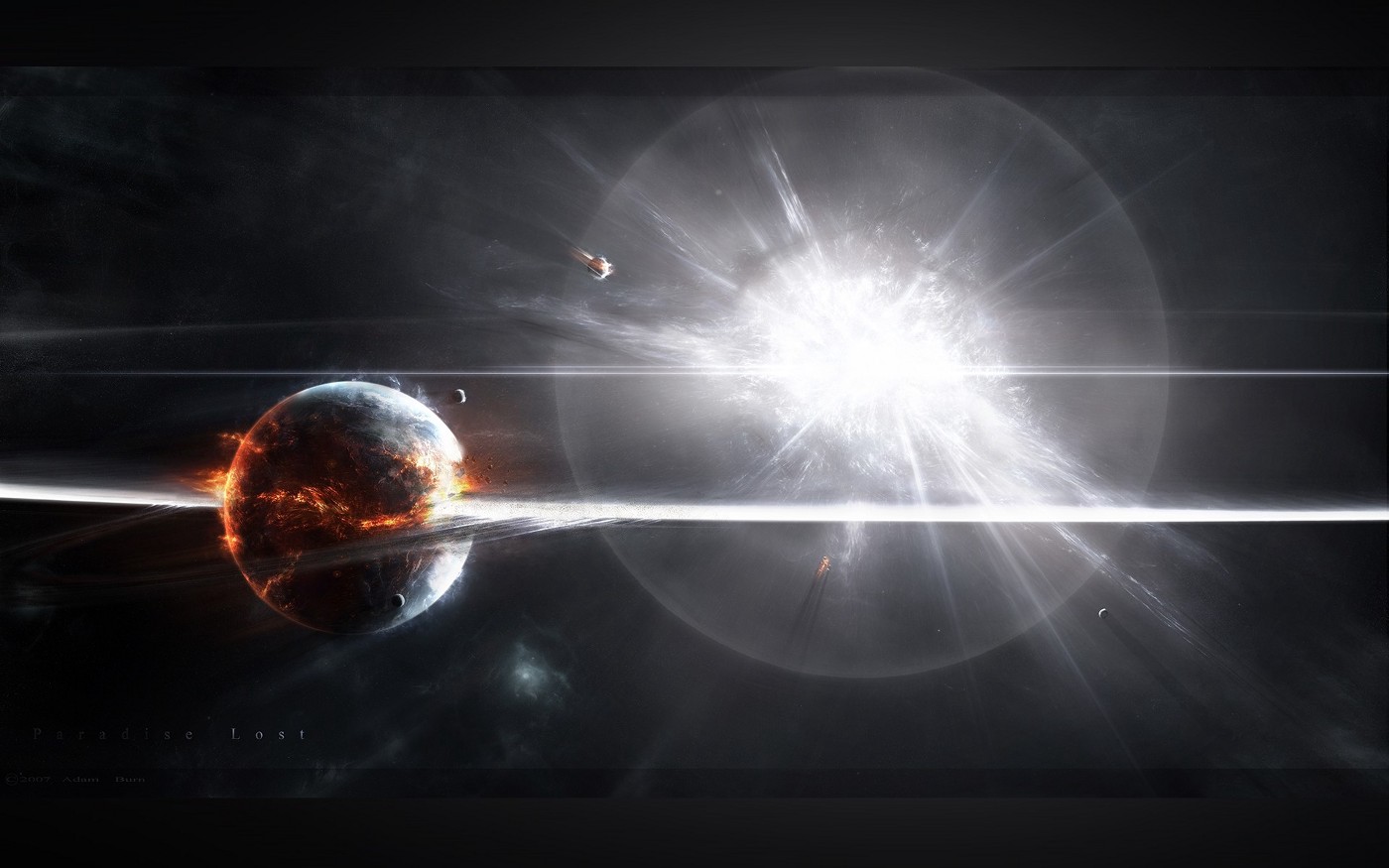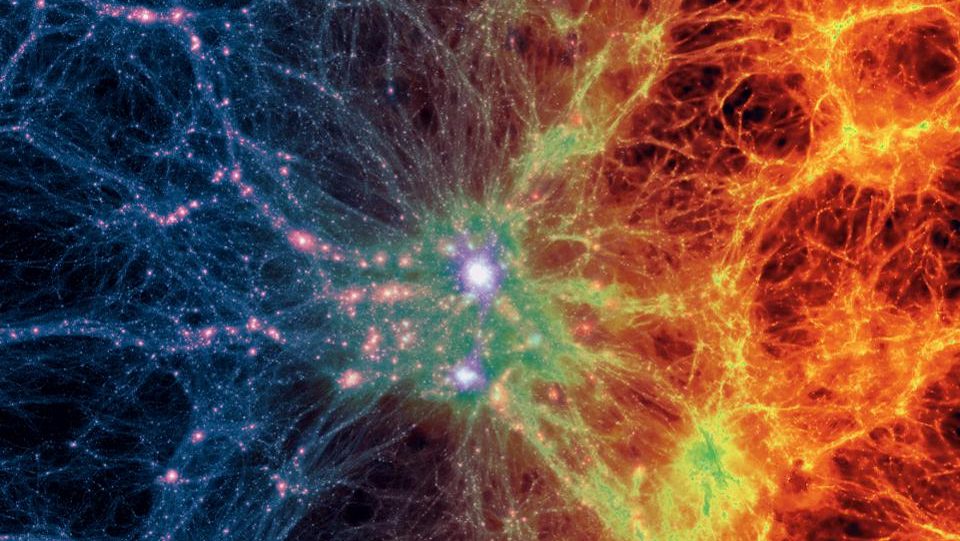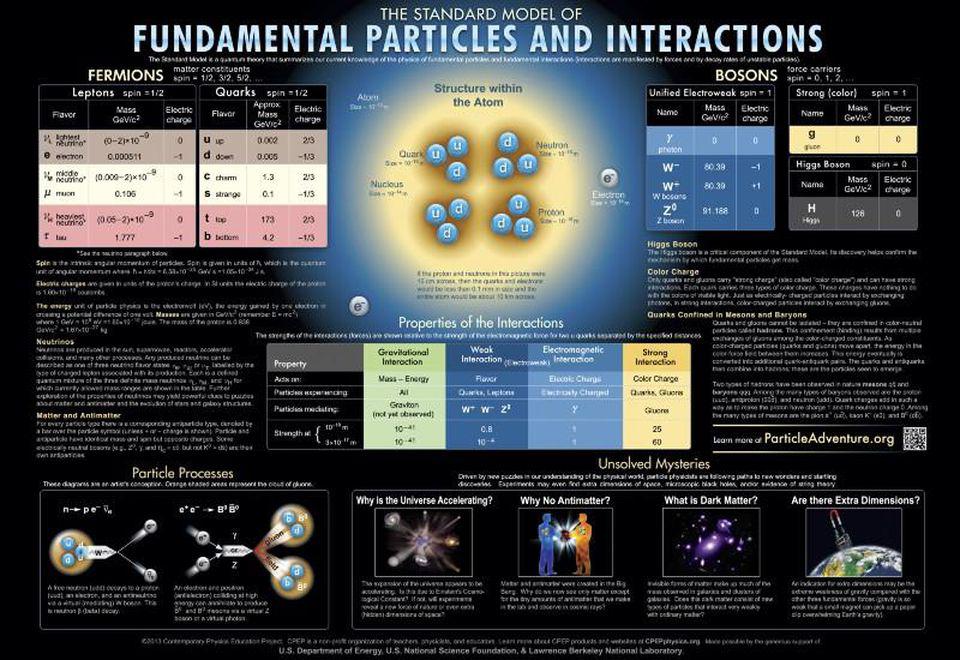We need a bigger Big Bang machine: The case for a new particle accelerator
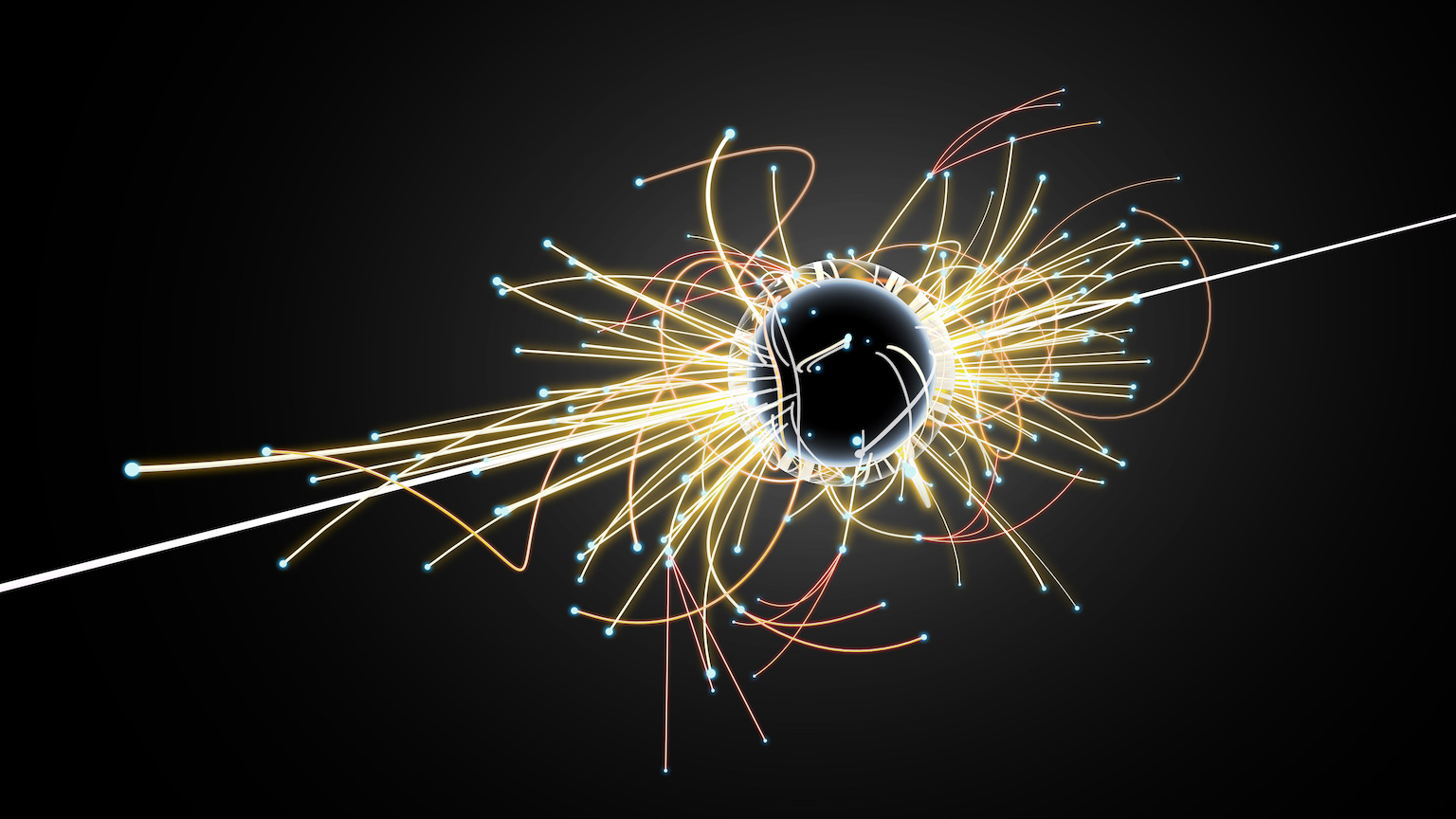
- When deciding how to divvy up funding, scientists must set priorities and make tradeoffs.
- A recent article on Big Think argued against building a bigger, better particle accelerator to replace the Large Hadron Collider (LHC), which discovered the Higgs boson in 2012.
- While some of the arguments are worth pondering, the argument is flawed. We need another Big Bang machine.
A recent Big Think article by physicist Dr. Tom Hartsfield pleaded with society not to build another Large Hadron Collider (LHC). While I respect the good doctor’s opinion, and even admit he raises some points worth consideration, I do not agree with his conclusion. Here’s why.
But first, a confession: I am a researcher who uses the current LHC to do research, so I am not a disinterested party. However, I am also sufficiently senior that it is very unlikely that I would ever conduct research at whatever high-energy particle accelerator will replace the LHC. It is far more likely that I will observe that exciting science from afar, safely ensconced in my rocking chair, accompanied by my sleepy cat.
A primer on the LHC
For the uninitiated, the LHC is a ring of magnets 27 km (16.5 miles) in circumference, located beneath the French and Swiss borders. It collides two counter-rotating beams of protons together inside four large detectors, each designed to ask and answer questions about the deepest and most fundamental laws of nature.
These collisions are impressive: They generate temperatures that are 100,000 times hotter than the center of the sun. The most violent collisions generate temperatures that haven’t been common in the Universe since it was about a tenth of a trillionth of a second old. In a poetic sense, the LHC is a Big Bang machine, allowing scientists to reproduce the early Universe about a billion times every second. Heady stuff.
The LHC was built, in part, to search for the Higgs boson, the origin of mass of fundamental subatomic particles and the last missing piece of the Standard Model of particle physics. This goal was spectacularly successful a decade ago when, on July 4, 2012, researchers using data generated by the LHC announced its discovery.
However, while the scientific community was reasonably certain that the Higgs boson would be discovered, it wasn’t guaranteed. Indeed, some of us were hoping secretly that it wouldn’t, thus requiring an exciting rethink of existing theory. And, of course, there was always the hope of something unexpected. In the end, we didn’t get a new big surprise, but we did find the Higgs boson — a monumental, Nobel Prize-winning achievement.
A next-generation LHC would be broadly similar to the existing one, with higher-energy collisions at perhaps a faster rate. It would create more violent collisions and higher temperatures and would generate conditions closer to those common at the very instant of creation. It would allow researchers to metaphorically “go where no one has gone before,” and it could result in observations that overturn existing theory. Or not.
Objections to a bigger particle accelerator
Hartsfield’s arguments against constructing what he calls an “LHC++” seem to boil down to a couple of things. First, he seems to think that such an accelerator would primarily be built to search for supersymmetry, which is presented as a possible replacement for current theory. He dismisses supersymmetry as “a convoluted mess of mathematical models,” which is somewhat accurate but also misleading.
Supersymmetry is not a theory but rather a principle — specifically, the requirement that forces and matter appear in theories on an equal and interchangeable footing. A theory that satisfies that requirement is said to be supersymmetric, and there are indeed a convoluted mess of such models. Individual models can be falsified, but disproving the principle of supersymmetry would be challenging.
His second objection seems to arise from a concern about cost, which is always a consideration in a world of limitless curiosity and limited funds. However, again, his characterization is misleading and certainly not the entire story. Let’s address both of these concerns.
Responding to the objections
The LHC++ would not be “built to find supersymmetry,” despite his claims. The popularity of supersymmetry has surged and ebbed, and it is a requirement for superstring theory, which is an unverified theory that hopes one day to explain all phenomena. Admittedly, there were a few researchers who were overly confident that supersymmetry would have been proved at the existing LHC.
However, supersymmetry isn’t the only point under investigation. The LHC experimental collaboration of which I am a member has, of this writing, submitted 1,137 papers for publication. Of them, about 12% have been searches for supersymmetry. In contrast, 18% have been searches for new phenomena, while studies of previously known phenomena and characterizations of the newly discovered Higgs boson each represent about 16% of the publications. (The remaining ~40% involve other topics.) To be sure, while there is certainly no guarantee that an LHC++ would find supersymmetry — researchers will look for it — the topic doesn’t dominate the landscape.
On the issue of cost, Hartsfield claimed that the LHC++ could cost as much as $100 billion dollars. This is simply an unreasonable estimate. A more realistic price tag is perhaps $20 billion, and this is a cost that would be spread over many decades and many countries.
Currently, there are several groups of physicists thinking about how to build a realistic LHC++, and a common theme is to have a staged approach. Most designs involve first digging a ring about 60 km (36 miles) in circumference and filling it with a facility that accelerates, not the proton beams of the LHC, but beams of electrons and antimatter electrons. The cost for such a facility would be in the ballpark of $10 billion, and this intermediate accelerator would be used to study the physics of Higgs bosons. If we started building such an accelerator today, it would probably not begin operations until well into the 2040s, and it would run for perhaps ten or fifteen years.
Then, the same tunnel would be used for the LHC++ machine, which would accelerate protons like the LHC does, but collide them together at an energy that is about seven times higher than the current LHC. That machine would run perhaps well into the 2060s or 2070s. Not adjusting for inflation, that LHC++ machine would cost perhaps another $10 billion. (Notably, this is the same approach that was used with the current LHC, which occupies the same tunnel that was used for an earlier electron accelerator.)
Now, admittedly, this is a lot of money. But let’s put it in perspective. The cost of a single American aircraft carrier is in the ballpark of $13 billion. The U.S. government has committed about $5 billion to Ukraine for its military resistance. The 2021 U.S. National Park Service budget was $2.5 billion. In a $21-trillion economy, $20 billion isn’t that much money. And, once again, the costs would be spread out over time and across countries. Current LHC funding in the U.S. is approximately $180 million per year.
Dr. Hartsfield claims that the money that would go to fund the LHC++ could be used more profitably to fund a larger number of smaller and less expensive experiments, and it is important to consider this point. This is a common debate and one for which there is no clear-cut answer. But the LHC remains one of the highest priorities for the particle physics research community. Why? Because a giant accelerator is simply one of the best ways to explore the energy frontier and hopefully help us learn more about age-old questions.
“Big vs. small” is a false dichotomy. The issue before us is not “either/or” but rather “both/and.” Scientific results are exciting, and I would like to see society fund both.
